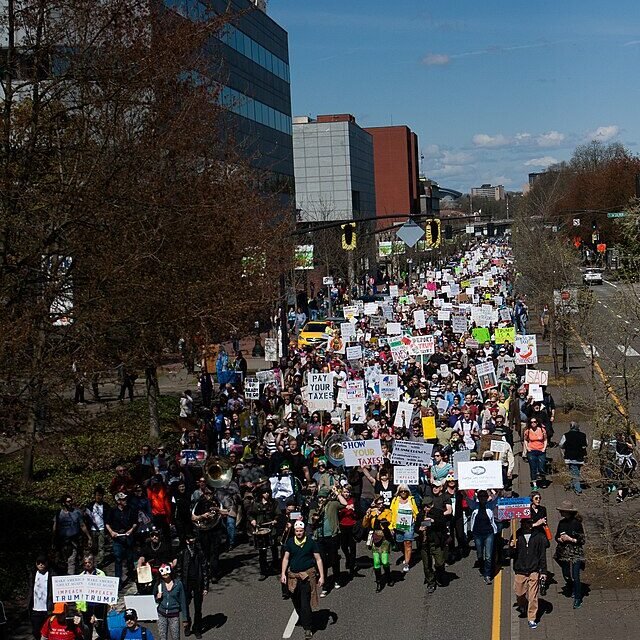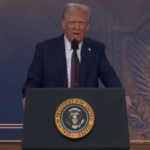WASHINGTON – When former President Donald Trump recently gave the green light to a small tax increase on the wealthiest Americans, it sent ripples through Washington and beyond. For a party long known for championing tax cuts, this “tiny” hike is more than just numbers on a page – it’s a sign of shifting political winds and a reflection of the growing economic anxiety felt by millions of Americans.
At the center of the debate is a new top tax bracket of 39.6% aimed at individuals earning $2.5 million or more, and couples making $5 million or above. To many, it might seem like a drop in the bucket for the ultra-rich. But for Republicans trying to balance the books while keeping promises to the middle class, it’s a carefully calculated move.
Trump, speaking to a crowd in Ohio, described the tax increase as “tiny, tiny” for those “doing extremely well.” His words were met with a mix of cheers and thoughtful nods – a reminder that the American public is hungry for fairness but wary of change.
Behind the scenes, GOP leaders are scrambling to finalize what Trump calls the “big beautiful bill,” a sweeping tax overhaul that aims to deliver relief to working families while keeping the economy humming. House Speaker Mike Johnson, steering the negotiations, calls it the most significant tax reform since the Reagan era. But even he acknowledges the challenge: “Sometimes you have to ask a little more from those who have benefited the most.”
For many Americans, the stakes couldn’t be higher. Middle-class workers juggling bills and families are watching closely, hoping for tax relief that will ease their daily struggles. Meanwhile, residents in high-tax states like New York and California are eyeing the repeal of the cap on state and local tax deductions – a change that could bring some much-needed breathing room.
Yet, not everyone in the Republican Party is on board. Some conservatives worry that even a modest tax hike could stifle investment and slow growth. Representative Mark Meadows, a longtime Trump ally, warns that “raising rates, even a little, is a slippery slope.” His concern echoes among business owners and investors who fear that higher taxes could dampen the entrepreneurial spirit.
On the other side, Democrats are cautiously optimistic. Senate Majority Leader Chuck Schumer calls the new tax bracket “a step in the right direction” but insists the overall bill still favors the wealthy and corporations. “The middle class deserves better,” he says, reflecting the frustration of many Americans who feel left behind.
For Trump, the tax bill is more than policy – it’s a political gamble. With economic worries looming large, he’s betting that a fresh round of tax cuts, balanced by a small hike on the rich, will resonate with voters who feel squeezed by rising costs and stagnant wages.
Political strategist Sarah Longwell sums it up: “It’s classic Trump – give a little, get a lot. By agreeing to a modest tax increase on the wealthy, he can claim moral high ground without losing his base’s loyalty.”
As lawmakers work behind closed doors, the pressure is palpable. The bill is expected to be unveiled before Memorial Day, with a vote looming in early June. But with moderate Republicans expressing doubts, the path ahead is anything but certain.
For millions of Americans, the outcome will affect more than just tax returns. It will shape their ability to pay for groceries, send kids to college, and save for the future. In a year where every vote counts, even a “tiny” tax hike carries enormous weight – a reminder that behind the politics are real people, hoping for a fair shot at the American dream.
This version focuses on the human stories, political tensions, and real-world consequences, making the news feel alive and relatable rather than just a list of facts. Let me know if you’d like it tailored further!















